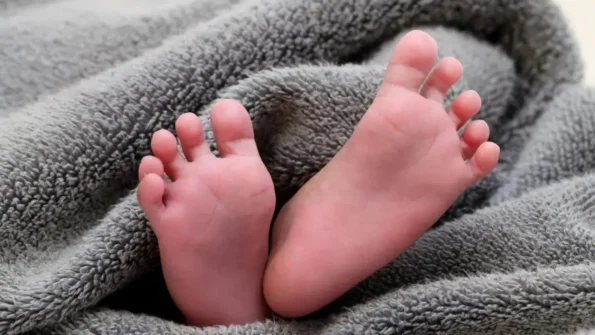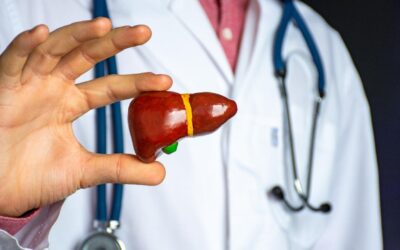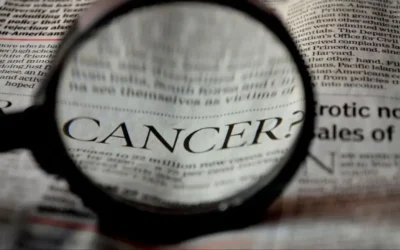Pune doctors seeing surge in preeclampsia cases among pregnant women

Pune doctors are observing a spike in pre-eclampsia cases among pregnant women. It is a condition that, if not addressed early, can put the mother`s and the baby’s lives in danger.
Preeclampsia is a pregnancy-related disorder by high blood pressure and signs of organ damage, most often to the kidneys, during pregnancy that typically develops after the 20th week of gestation. The doctors highlight that early detection, close monitoring, and intervention are crucial in managing the condition and preventing progression to eclampsia, a more severe and life-threatening complication, where seizures occur, posing a grave threat to both mother and baby. It is because preeclampsia isn’t just a pregnancy complication. They say studies show that women who’ve had preeclampsia have a higher risk of cardiovascular diseases later in life, such as hypertension and stroke.
Sucheta Parte, consultant – Obstetrician and Gyencologist, Motherhood Hospitals, Lullanagar in Pune, explains, “The symptoms are high blood pressure, protein in the urine, severe headaches, vision issues such as blurred vision or seeing spots, and upper abdominal pain. Several risk factors, such as being pregnant for the first time, carrying twins or triplets, being overweight, or having pre-existing conditions like chronic hypertension, diabetes, or kidney disease, can lead to this condition. A family history of preeclampsia also raises the risk. Left untreated, pre-eclampsia can result in multiple complications, including organ failure, premature delivery. So, expectant mothers to attend regular prenatal checkups and follow medical advice closely.”
“Preclampsia affects about 5 per cent 8 per cent of all pregnancies. Preeclampsia (PE) accounts for 5 per cent of maternal mortality and results in 10 per cent of perinatal deaths. With the rising incidence of hypertension in younger age groups, early detection is crucial. If left untreated, it can impact both the mother and baby, and may progress to superimposed pregnancy-induced hypertension (PIH). By being aware of these risks, doctors and mothers can work together for early detection and better outcomes,” added Dr Parte.
Dr Sucheta Parte adds, “Pre-eclampsia is diagnosed through blood pressure measurements and urine tests for protein levels after the 20th week of pregnancy. Pre-eclampsia affects both mother and baby. In mothers, if uncontrolled, it can cause convulsions, injuries, asphyxia, and damage to the kidneys, liver, or even lead to organ failure. In babies, it may result in growth retardation, intrauterine death, or premature delivery. Regular checkups are crucial, and patients should watch for warning signs like headache, nausea, vomiting, visual disturbances, and right upper abdominal pain.”
Dr. Nisha Ghumare, MBBS, MS (Obstetrics and Gynecology), Apollo Spectra in Pune, said, ‘‘Preeclampsia is a serious health condition that can happen during pregnancy, usually after 20 weeks. It causes high blood pressure and can affect the mother`s organs, like the liver and kidneys. If not treated in time, it can lead to serious issues for both the mother and the baby, like early delivery, low birth weight, or even life-threatening problems. That’s why early detection is very important. Regular check-ups during pregnancy help doctors find early signs of preeclampsia.”
She adds, “Many women don’t feel any symptoms in the beginning, so routine blood pressure and urine tests are the best way to catch it early. If preeclampsia is diagnosed on time, it can be managed with proper care, like rest, medication, and monitoring. In some cases, doctors may decide to deliver the baby early for safety, but with good treatment, both mother and baby can do well. Pregnant women should be aware of warning signs like sudden swelling in the hands or face, headaches, vision changes, or rapid weight gain. These symptoms should not be ignored. With early testing and the right care, we can keep both the mother and baby safe and healthy.’’
Once diagnosed, the two experts say treatment is personalised to the severity of the condition. With timely intervention, pregnant women will be able to manage this condition. Women should be given regular prenatal care, which allows for the identification of any red flags on time. Monitoring blood pressure, urine protein levels, and symptoms like headaches and visual changes can go a long way in catching the condition early. Lifestyle changes, such as maintaining a healthy weight and exercise, can also be beneficial for women. Pregnant women should stay extra vigilant and take utmost care to avoid the condition.
Search
Recent
- AAP Rajya Sabha MP Ashok Kumar Mittal brings resolution to designate Pak ‘state sponsor of terrorism’
- Watch: Rainfall brings Patna to standstill; waterlogging triggers traffic jams
- A ‘Dagger in the Heart’ of Climate Change Regulation
- What’s a Potato? A Nine-Million-Year-Old Tomato
- Candidate Trump Promised Oil Executives a Windfall. Now, They’re Getting It.





